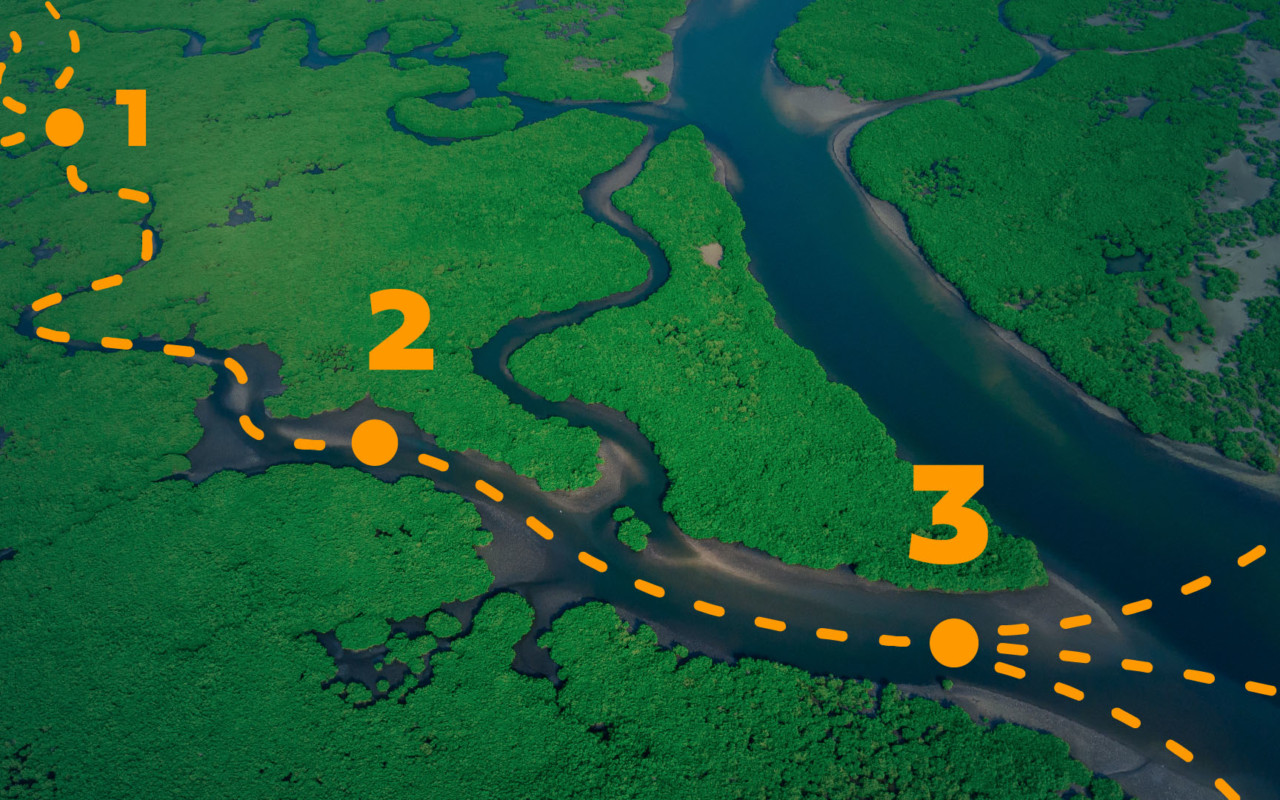Amazon expenses are a topic that often causes debate among sellers. It may seem that Amazon takes a relatively large share of every product sold in its online store – especially if you have an FBA model where Amazon handles both product warehousing and logistics. This article will look at what makes up an FBA expense and what the Amazon seller should consider.
Things that affect Amazon’s FBA spending include:
- Selling price
- Product size
- Product weight
- Product category
- Product shelf life
- Season
The cost can therefore vary a lot depending on the product. A typical FBA expense accounts for 20–50% of a product’s selling price. If generalized a little, 20–30% of product sales can get a good margin. 40–50% is too high a cost. Therefore, it is essential to determine the FBA cost at the product analysis stage.
The FBA cost is distributed as follows:
- The referral fee, or Amazon Sales Commission, is 15% in most categories.
- Expenses related to warehousing and logistics cover the rest of the FBA expense.
The FBA expense is the largest of the costs associated with Amazon sales. Other costs include a monthly account fee of $ 39.99 (amazon.com), product return costs, and any removal orders from the seller.
How much is the FBA cost for different-sized products? Here are a couple of examples from the American Amazon market.
- Wall shelf, selling price $ 34.99 (13.6 cm x 43.5 cm x 21.5 cm, 33 kg) >>
https://www.amazon.com/dp/B088ZYNX1J/?th=1
FBA cost $ 14
- Beverage bottle, selling price $ 10.99 (9.9 cm x 28.6 cm x 14 cm, 0.23 kg) >>
https://www.amazon.com/dp/B098JX5N7T/?th=1
FBA cost $ 5.3
It can be easily deduced from the examples that the margin of the beverage bottle is not at a sufficient level. The final margin after all expenses is about $ 1.5-2.5. The monthly sales volume should be remarkably high to get decent returns on the product. The margin also doesn’t leave much room for maneuver, for example, when costs increase. The wall margin cover seems to be at a profitable level.
What does the FBA model offer the seller?
- By paying the FBA fee, you get a share of the huge search traffic of the largest trading venue in the western world. Once a product achieves a good organic position on Amazon’s search pages, there’s little need to invest in marketing.
- The FBA model provides product storage and delivery to the end customer. By letting Amazon handle warehousing and distribution, the seller can focus on more important things in their business. In Europe, for example, Amazon offers the Pan-European FBA model, where the seller only needs to deliver the goods to one country. Amazon will then distribute to all countries supported by that model that have sales.
However, before making a final sales decision, it’s a good idea to find out the product manufacturing and logistics costs for Amazon’s inventory and a few other things like sales volume forecast and category competition. We at Your Amazon Partners can handle this.
Book a free consultation with us. We’re happy to tell you how your business can leverage Amazon for its international growth and how we can help with that.


